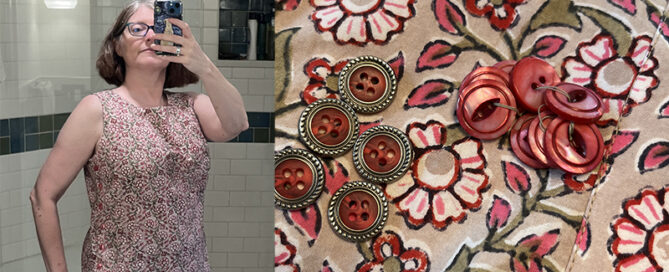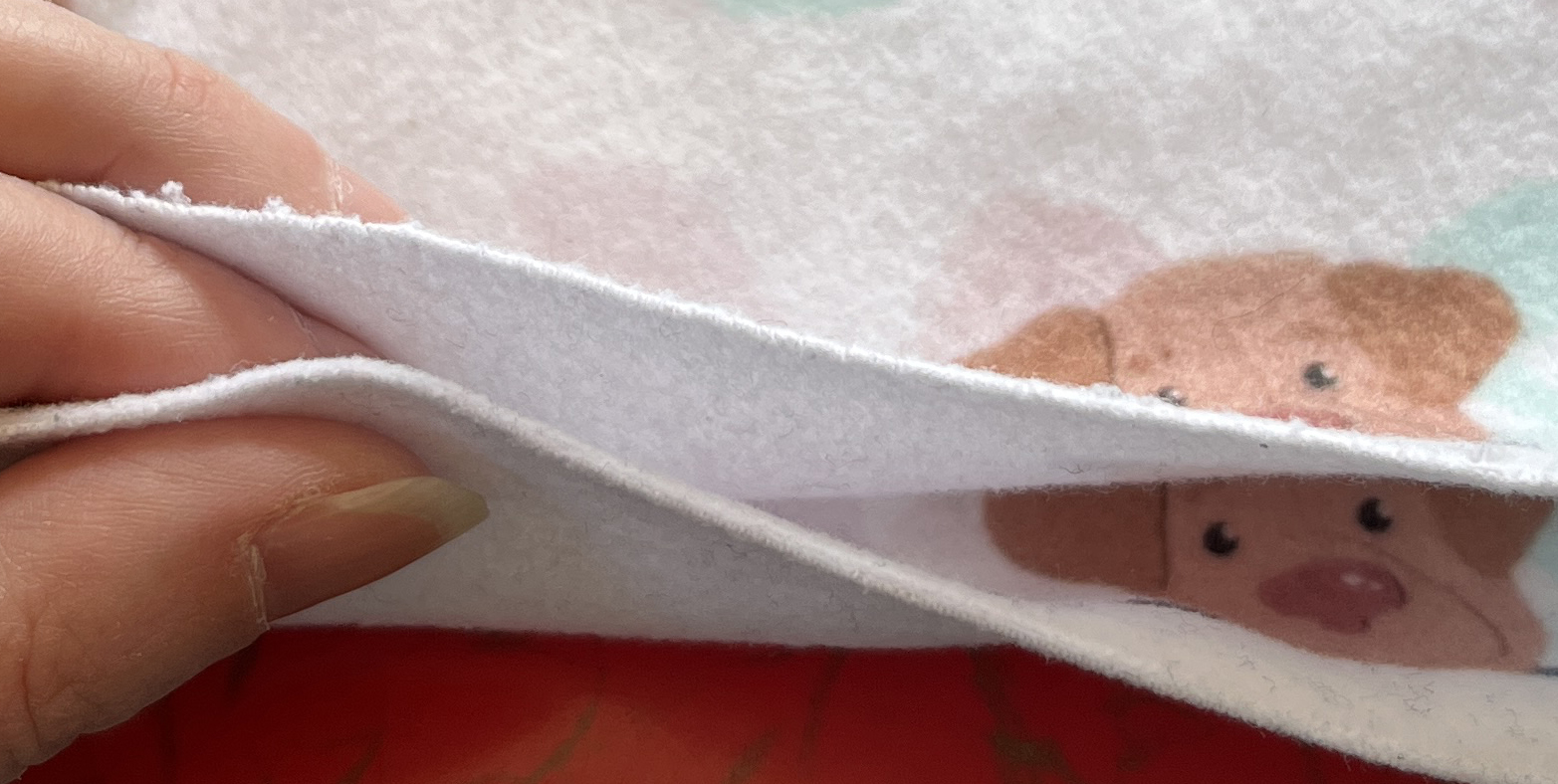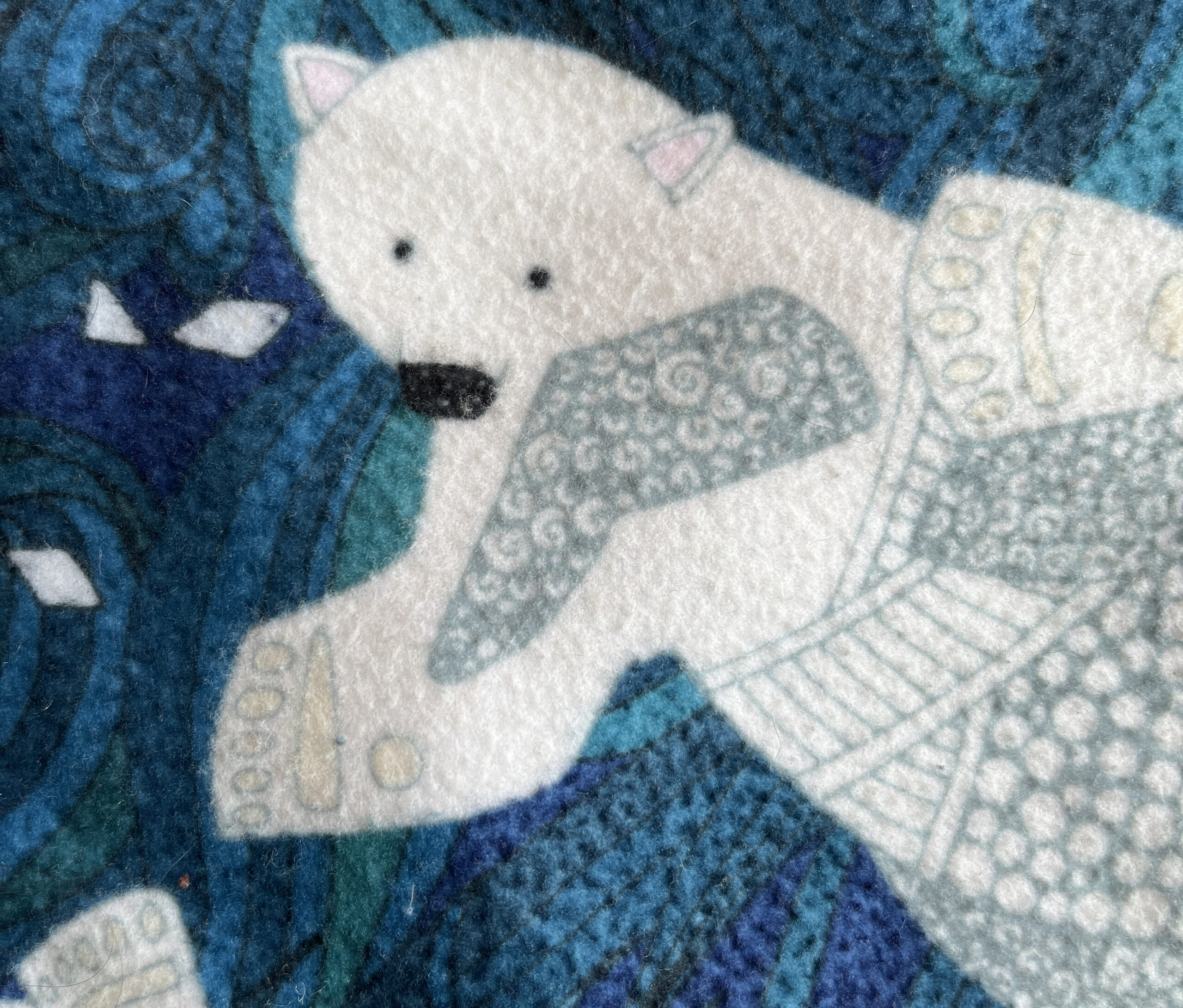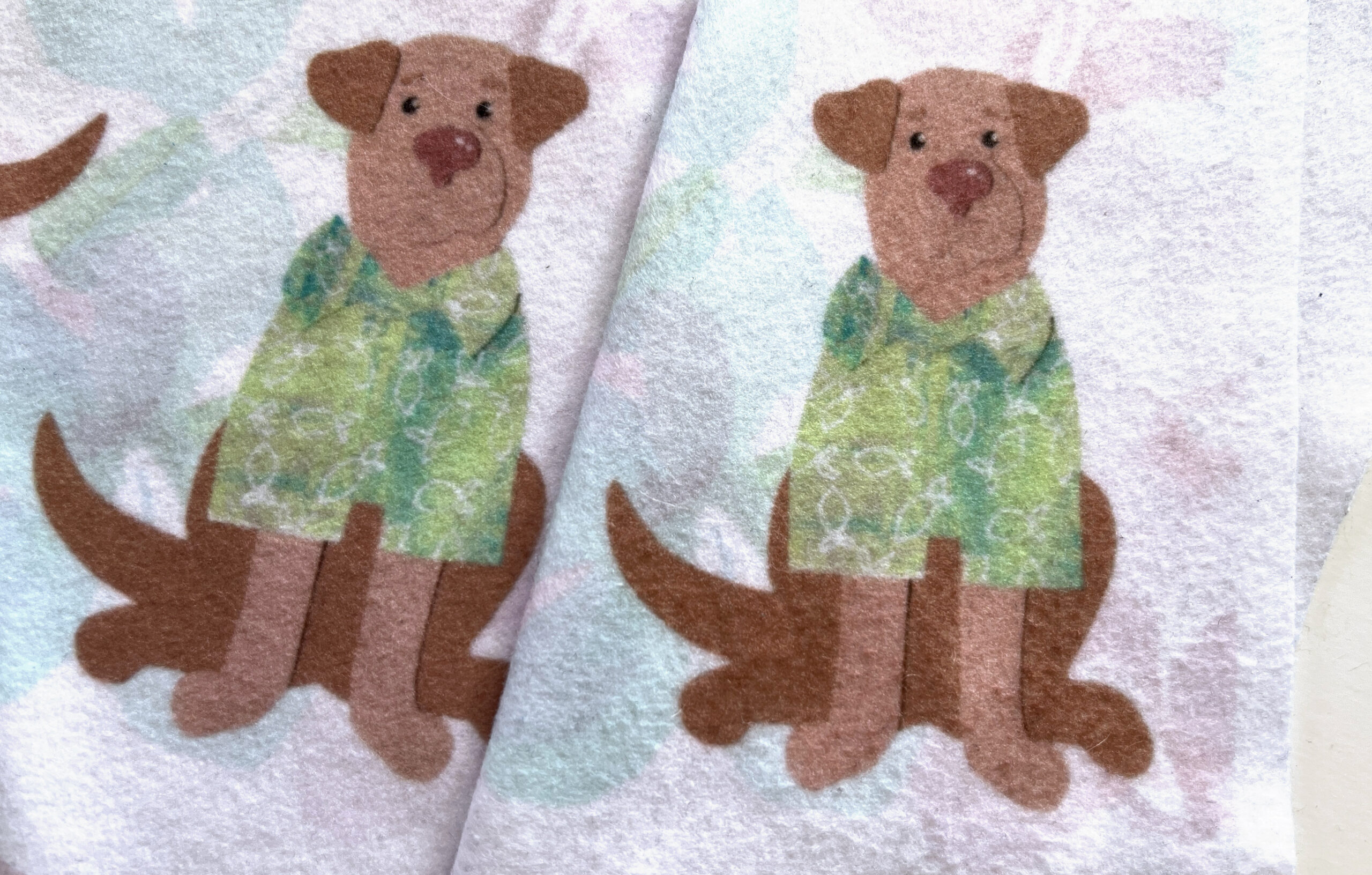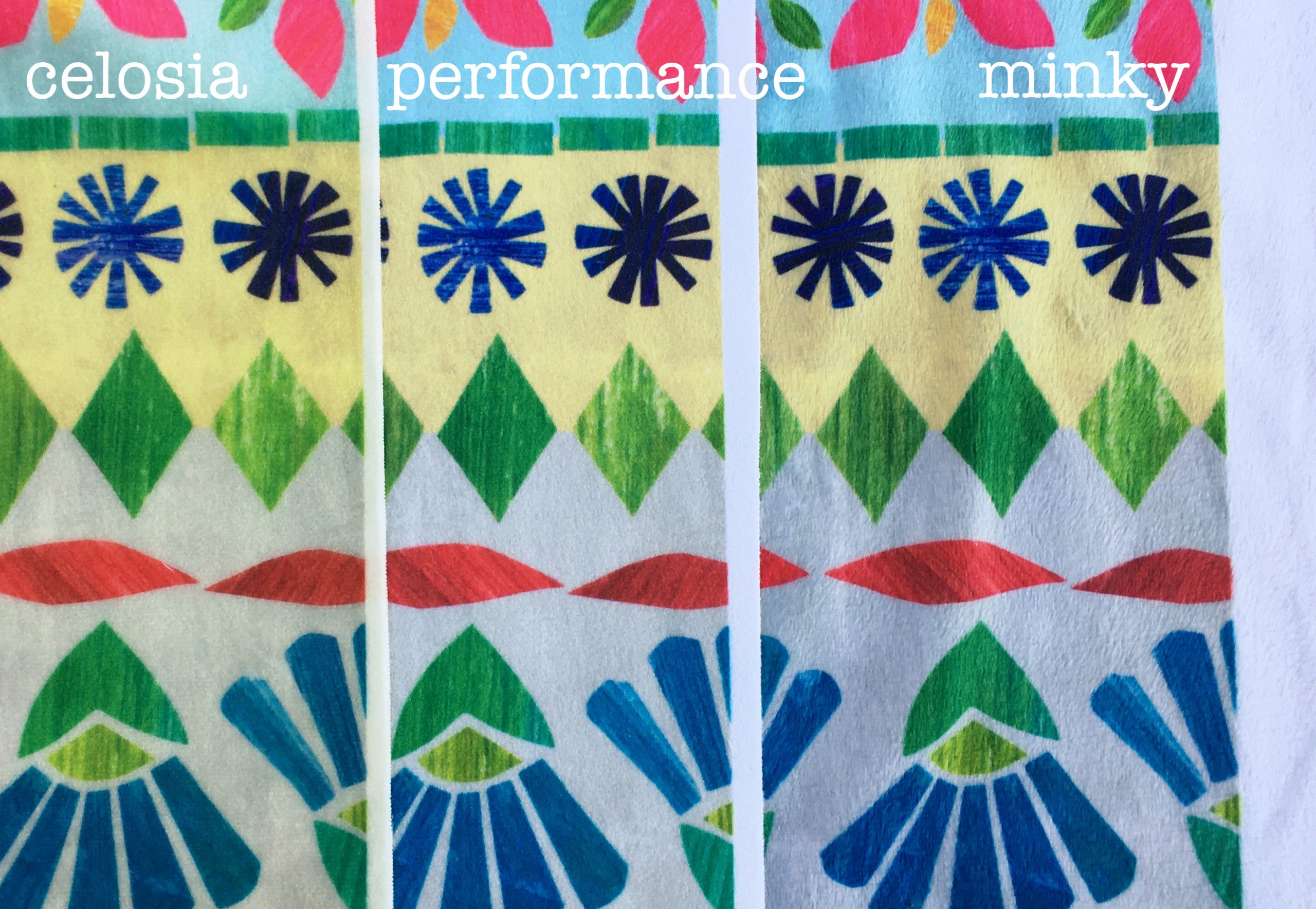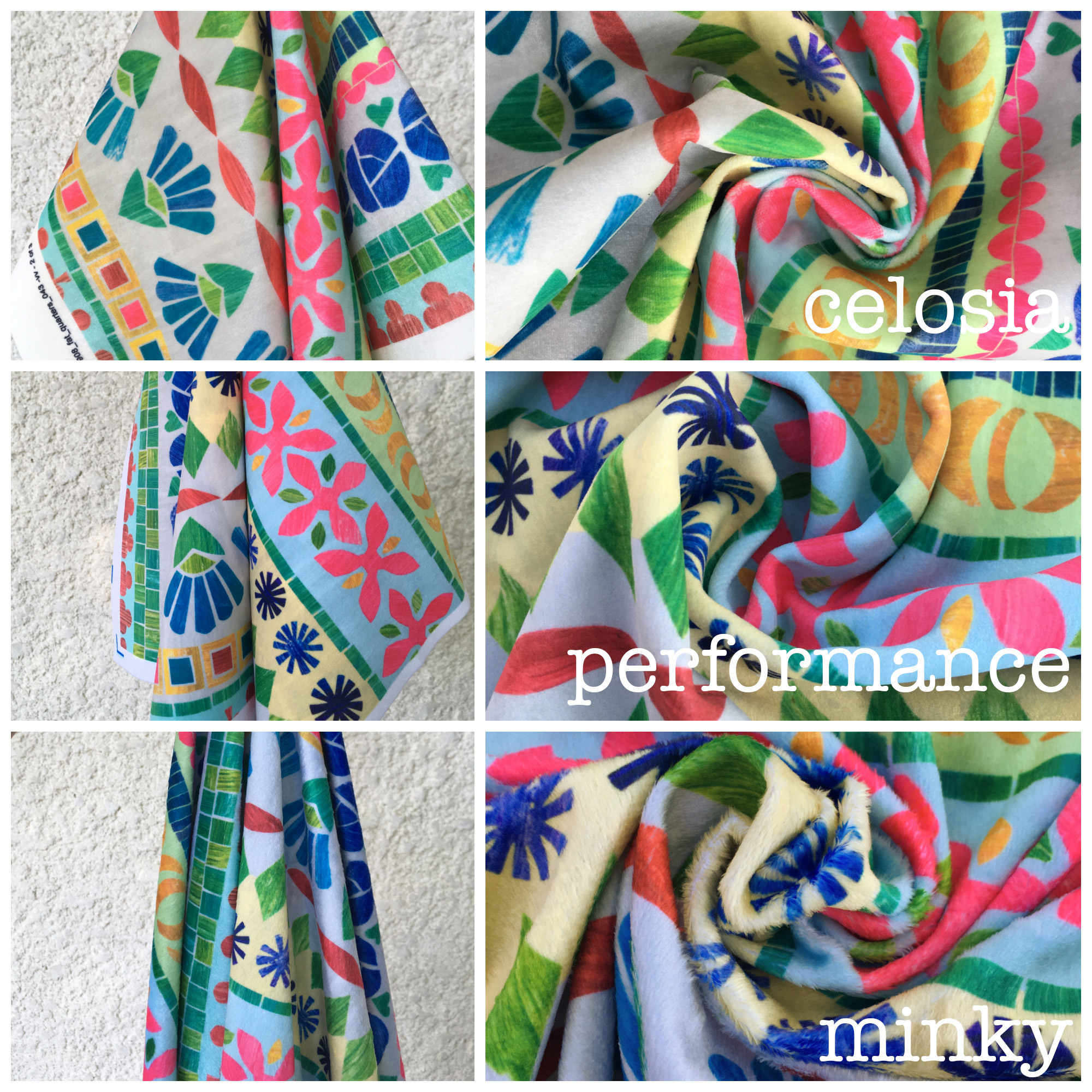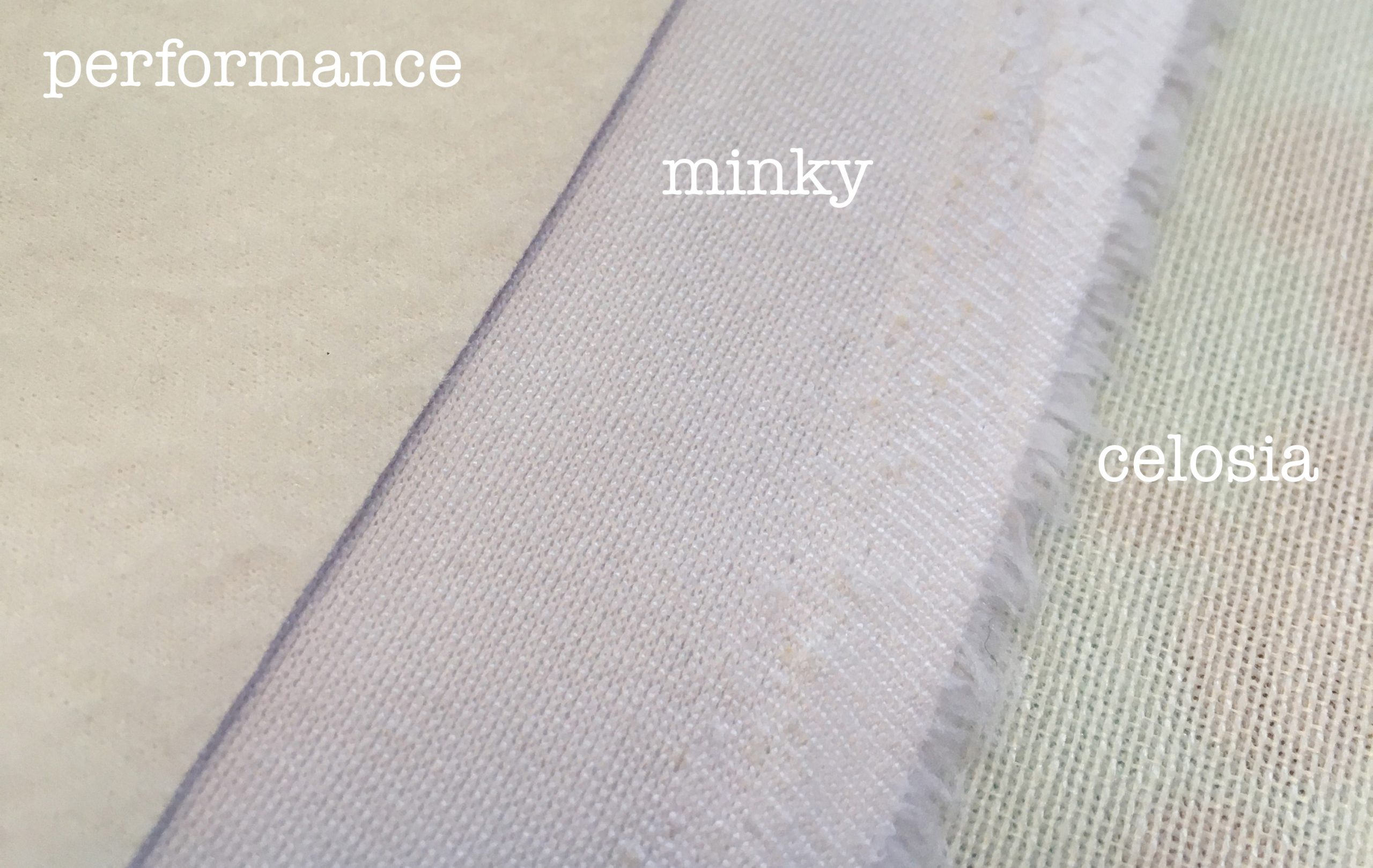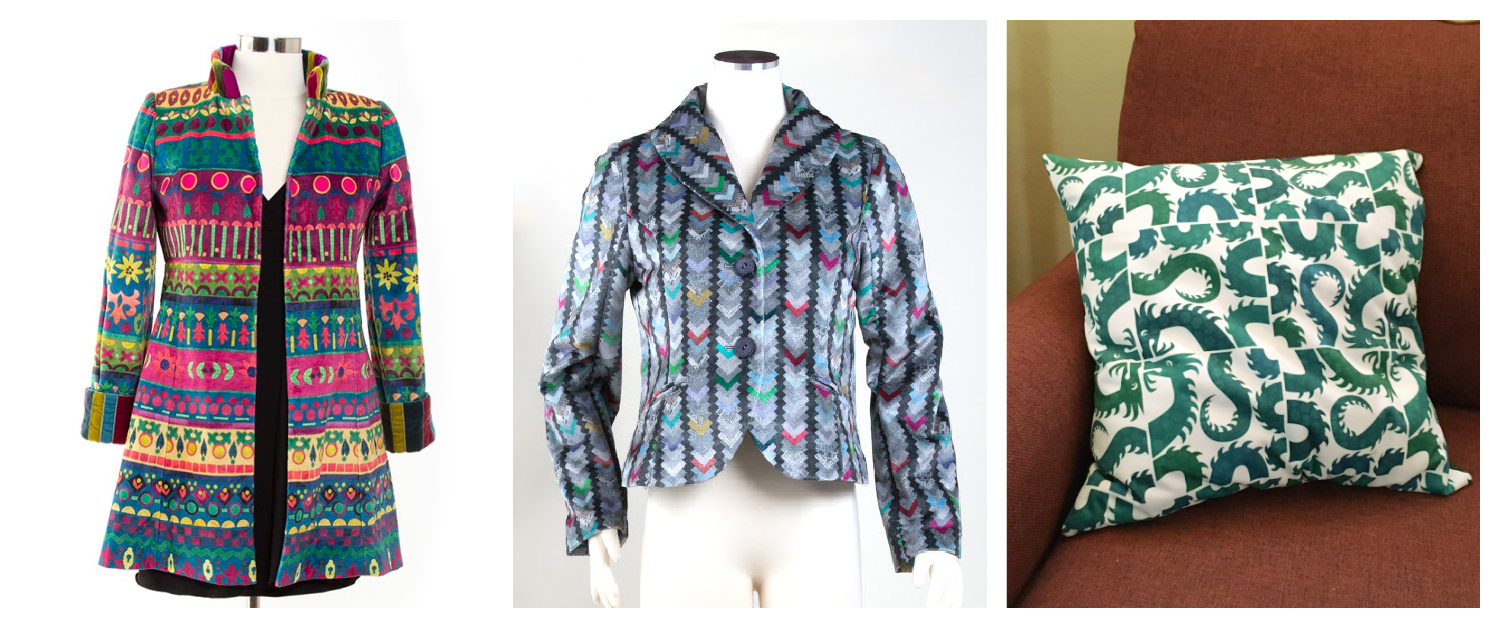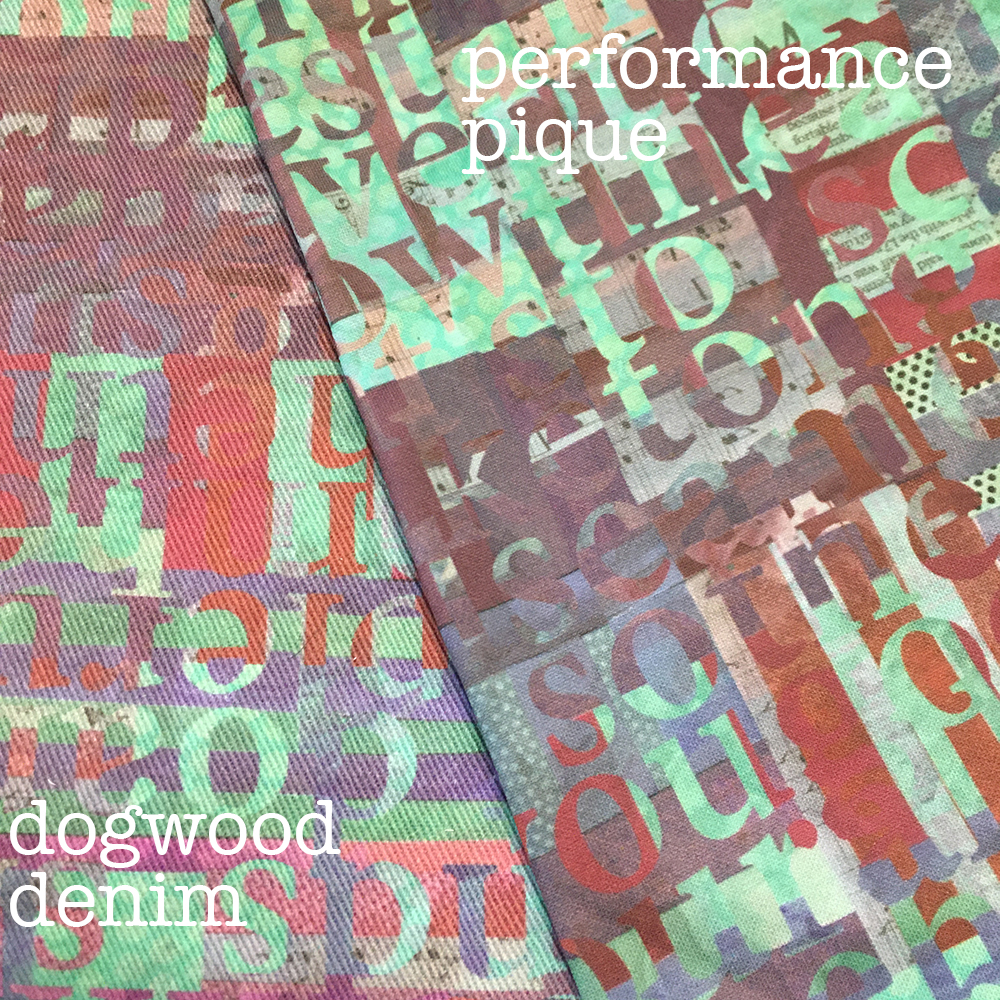It’s been about 5 years since I have sewed something just for myself, just for fun. That seems crazy to me, but I think the last one was a dress for my sister’s wedding. I do a lot of sewing for my business, so the machine has put in the miles, but the only things I have made have been basically business related.
I realized that I wanted to just spend a day sewing for me. So I went on a search for some fabric that was not something I had designed and was something a little special. I have had great luck ordering some Indian cotton fabrics on Etsy. I ordered several yards of block printed cotton from this shop. It’s lovely. Smooth, soft, washed beautifully. Exactly what I wanted for a blouse.
I was going to make a favorite tank pattern (Gemma by Made by Rae) which I have made several dozen of over the years, but I needed to do an adjustment to the pattern because my body just isn’t the same shape it was 10 years ago and I was just feeling like I wanted to sew and not do math. So I was doing a little searching and this pattern popped up in my feed and I had to try it.
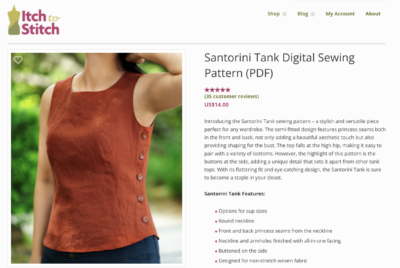 The Santorini Tank by Itch to Stitch. So much to love: the interesting seam lines, the button detail on the side. The fact that this pattern comes in sizes 00-40 and 4 different cup sizes! I’ve made one other pattern by Itch to Stitch before and I loved it, so I was pretty sure it was going to be great.
The Santorini Tank by Itch to Stitch. So much to love: the interesting seam lines, the button detail on the side. The fact that this pattern comes in sizes 00-40 and 4 different cup sizes! I’ve made one other pattern by Itch to Stitch before and I loved it, so I was pretty sure it was going to be great.
It took me about 4 1/2 hours to tape the pattern pieces together, cut out and sew my first one. I chose a size 12, C cup based on measurements but I have decided that it has more ease than I prefer, so I will go down at least a size in the future. (I made two; you’ll see that later.) I found vintage shell buttons in my stash, which were perfect.
What I love:
- It has a great way of stitching the armhole facings “burrito style” and a link to a blog post about how to do it if the instructions are confusing to you.
- The finishing details were really thoughtful. No weird raw edges on the inside.
- Great instructions with lots of links to extra help.
- The fit/shape is awesome.
My adaptations:
- The pattern calls for 5 – 1/2 inch buttons which felt like not enough to me. I did 7 and they were slightly larger.
- My sewing machine had issues stitching the two buttonholes right at the top because of the extra/varying thickness of fabric there. Not the fault of the pattern, but I might think about how I could tweak that construction a little bit so I don’t need to seam rip buttonholes out. (Argh!)
- Eleventy-one pins really does make all the difference in making a curved hem lay nice and flat. I used the hemming method from the Gemma Tank which I mentioned up above, because I have had success with that before.
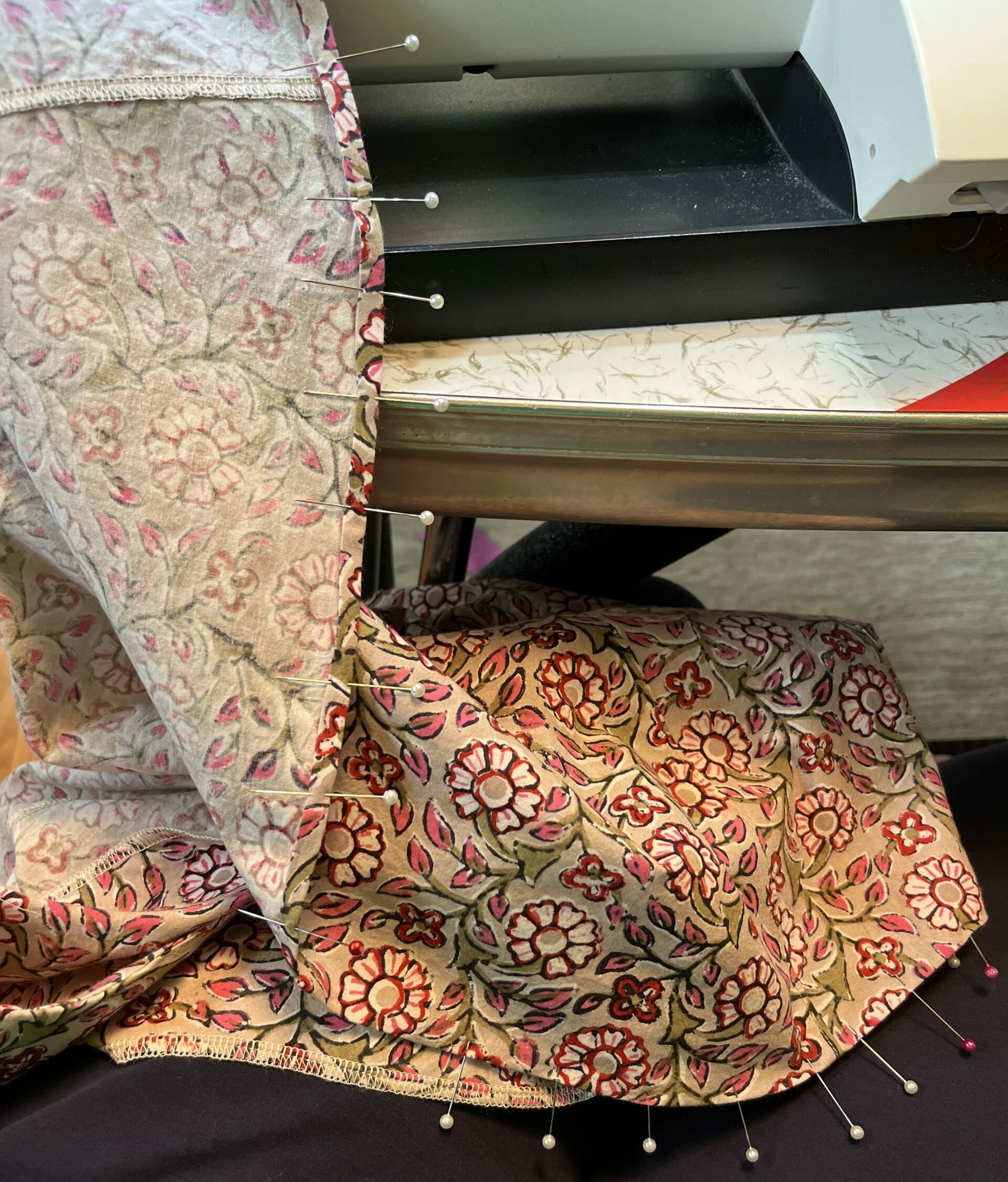
And then I made another one!
I also had a piece of Atelier Brunette Viscose Crepe which I got from Wyldwood Creative. She “unboxed” it live on Instagram and I ordered it that day. I love this vintage style print and texture. See a photo below. The one I chose is Lucie Cedar (green); she also has it in a blue and a gold/peach color. I had never seen this fabric in person before so I felt like this was a little leap of faith and I was absolutely rewarded! It is so gorgeous.
I decided to take another chance and I threw the fabric in the washer and dryer when it got here. Spoiler alert: that is not what the washing instructions tell you to do. But if I am making a garment, I will need to wash it and it’s going to end up in the laundry at some point no matter how carefully I try to remember to pull it out for special treatment. That’s just how it works at my house. I lucked out. It came out great with my not-following-the-instructions treatment.
For this one, I didn’t have enough fabric to do the button band and I decided with this very drapey fabric and busy print that it wouldn’t be a good match anyway. But I loved the way this pattern went together, so I just decided to make up another one and sew up the side seam, skipping the buttons. I could slip the other version on over my head without unbuttoning, so I didn’t need to invent another kind of closure.
The first version I made was too large in the bust for me and so I took it in as I was fitting/stitching. Instead of doing that again for this one, I reprinted the pattern and went down a size, so this is a size 10 C cup. I took about an inch in on either side on the previous version, so I just looked for a new size combo that was that much smaller. I loved how I could look at the chart of all of the combos of garment size measurements and find exactly what I needed. Ultimately, I chose to size down overall vs changing to a B vs a C cup (which also could have worked).
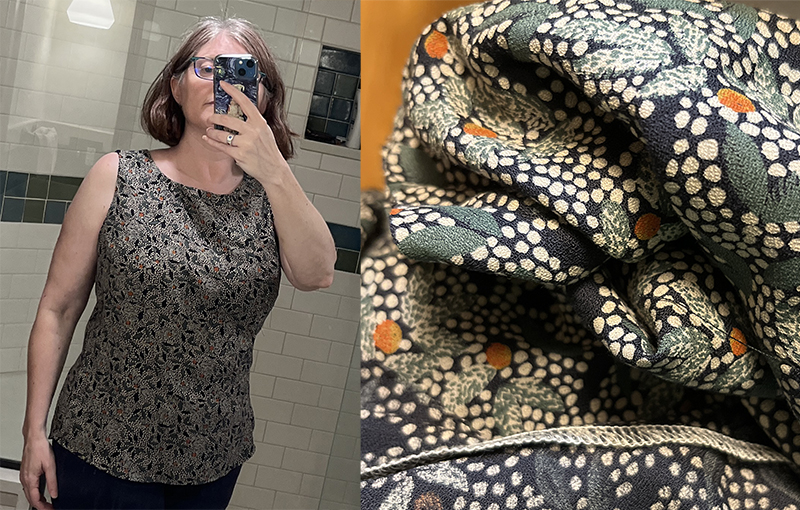
This one is close to a perfect fit. The bust still feels like it gapes a little at the underarms so if I do another, I might just swap out the B cup pieces but stick with this size and see if that makes it just right for me. Otherwise it’s just a little pattern tweak.
This is my favorite kind of top with some skinny jeans and a light cardigan when the weather gets cooler. So I can see myself making many more in this style and using some of my Spoonflower fabrics. With the button detail I think I would choose lawn or sateen. Without the buttons, poly crepe de chine would be very similar to this viscose crepe.





